‘Who are you wearing?’ is a question usually reserved for Hollywood red-carpet premieres, but thanks to developing collaborations between musicians and fashion designers, it might soon move to the concert hall. There have always been ties between popstars and fashion labels (Madonna and Jean-Paul Gaultier; Björk and Alexander McQueen; Vivienne Westwood and the Sex Pistols, among others) and now the classical world is catching up: violinist Charlie Siem has fronted campaigns for Chanel, Armani and Hugo Boss, Westwood has designed the costumes for a Sydney production of Handel’s Semele and pianist Lang Lang has teamed up with Hublot.
Clothes and accessories help mould an identity. Composer Steve Reich has made wearing a baseball cap part of his signature style, while pianist Yuja Wang favours bodycon mini-dresses, skyscraper stilettos and, as a Rolex representative, a glittering watch.
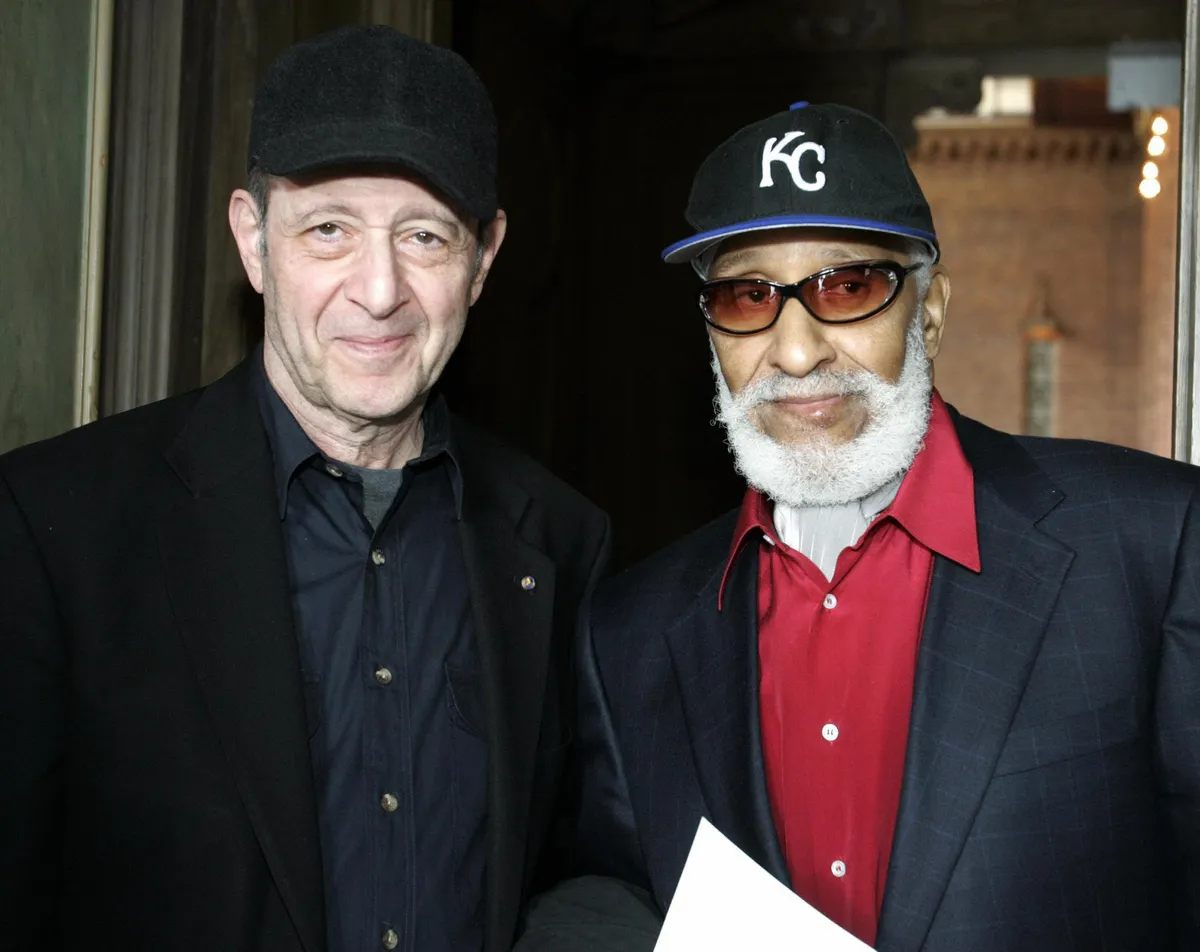
Clearly, any assessment of musicianship should be independent of stagewear (reactions to Wang’s sartorial choices have continued since she made headlines for performing in a thigh-skimming orange one-piece at the Hollywood Bowl back in 2011). However, in concert performances and album covers, visual elements are important – and designers of all stripes are keener than ever to make their mark on the musical world.
With the exception of Maurizio Pollini, few pianists wear tails any more. Yet plenty of musicians continue to opt for formal attire for the stage. Anne-Sophie Mutter has worn off-the-shoulder floor-length gowns by Galliano for decades, once telling Violinist that she thinks of the outfits as ‘like a plumber’s uniform’ because ‘it’s comfortable and it works. I don’t have to think about it; I almost don’t have to try them on.’
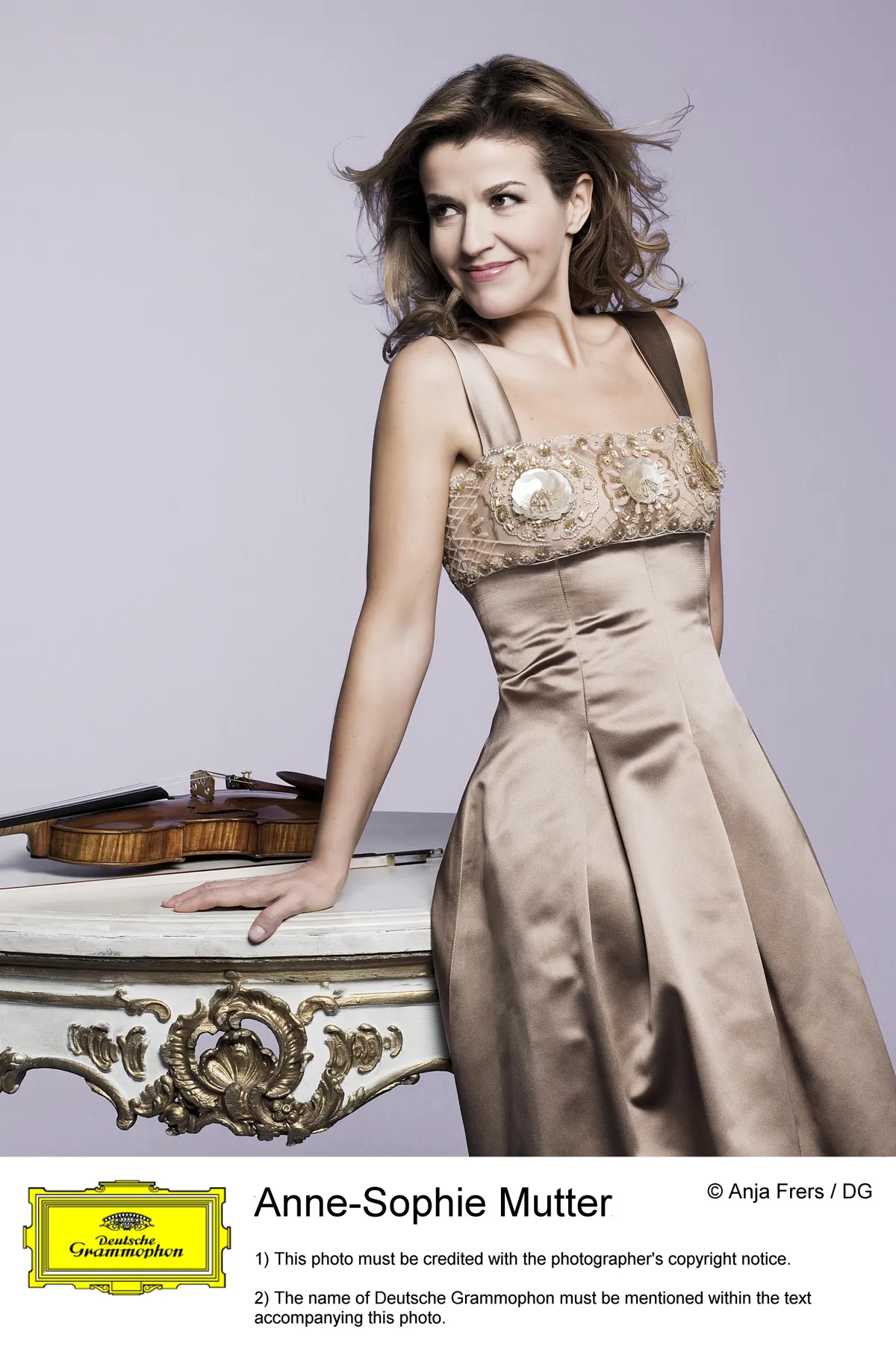
For her performances, soprano Danielle de Niese is regularly loaned (and given) jewellery from Van Cleef & Arpels, who also provide bodyguards for when the soprano is wearing the pieces in public.
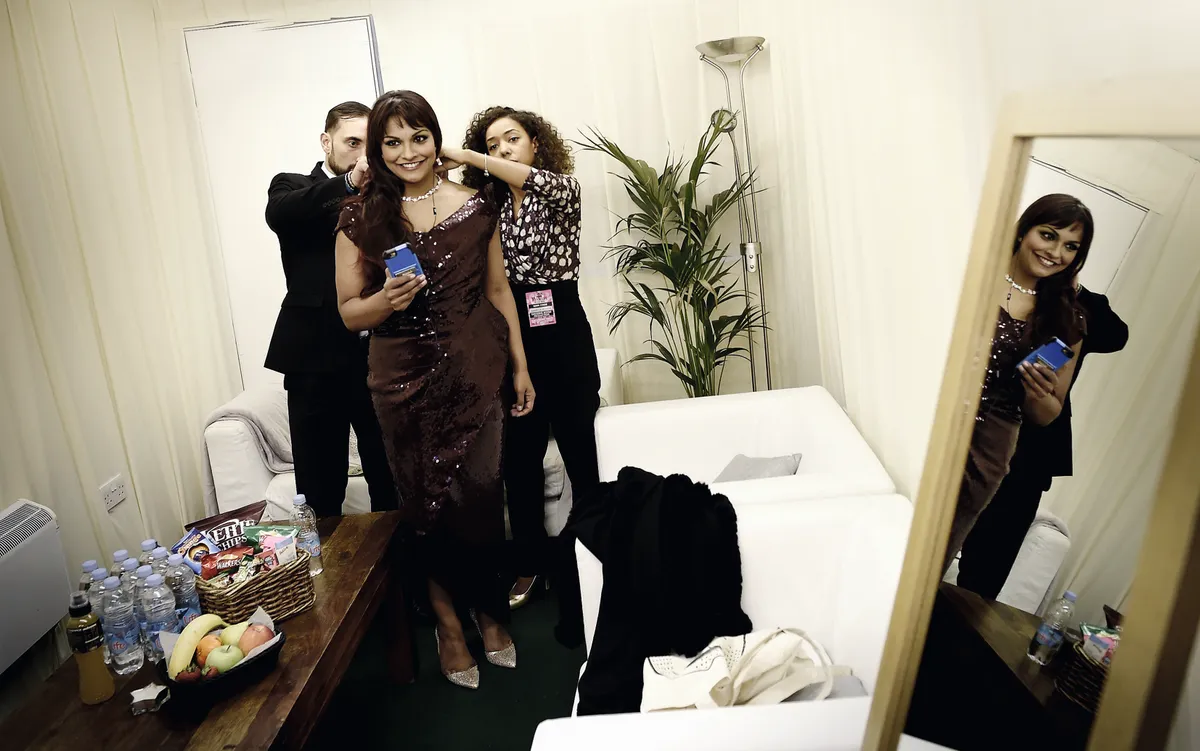
There is, for better or worse, an association between classical music and luxury labels: Rolex has a partnership with the Vienna Philharmonic, Lang Lang has worked closely with Montblanc and Chopard sponsored Deutsche Grammophon’s 120th-birthday concert held in Beijing’s Forbidden City in 2018.
The relationship between music and fashion can be symbiotic. Fashion houses often have the resources to create impactful images and materials that can benefit both art forms. When Siem was approached to star in a film to mark the opening of a new Dior Homme shop in Miami, he jumped at the chance. ‘I’ve worked with a few fashion houses but I am a musician more than a model,’ he says. In Can you make the music fly?, the black-and-white short directed by Bruce Weber, Siem performs Debussy’s Clair de lune alongside ballet dancer Sergei Polunin and pianist Mason Buccheri. The violinist wears a Dior dinner jacket for most of the piece. He is later pictured running through a park sporting a trench coat (and holding his violin case). The film was shown at the Miami Art Basel in 2013.
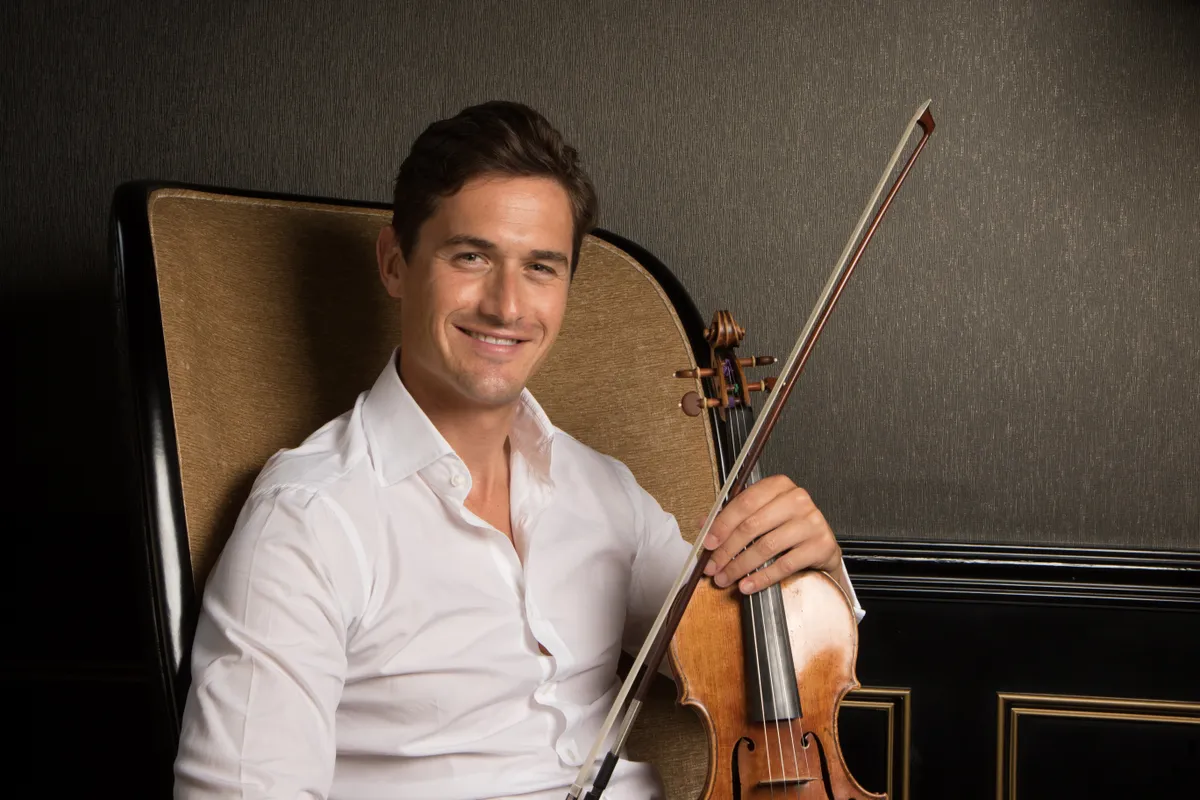
Of course, a three-piece suit or fish-tail dress are not to everyone’s taste. Pianist James Rhodes has developed a concert style where informality is key. Rhodes performs repertoire stalwarts by the likes of Beethoven and Bach, often with explanations between the works, speaking directly to the audience. In Jimmy: James Rhodes Live in Brighton (2012), he explains his approach: ‘Certain words conjure grotty images: “gynaecologist”, “surfer”. “Classical music” is a bit like that for me… I don’t have programmes normally as I think it’s helpful for me to talk about the pieces from a personal perspective.’
This openness is reflected in his on-stage presentation; Rhodes generally wears jeans, trainers and a t-shirt (often featuring his favourite composers including Beethoven ‘the rock-star composer’ with a Bowie zig-zag). Having observed Rhodes on his regular walks to London’s Steinway Hall, where he practised before relocating to Madrid, Marylebone-based shoe designer Tracey Neuls was inspired to make a line of footwear in the pianist’s honour. The ‘Jimmy Shoes’, launched in 2014, included the colours ‘piano white’ and ‘piano black’.
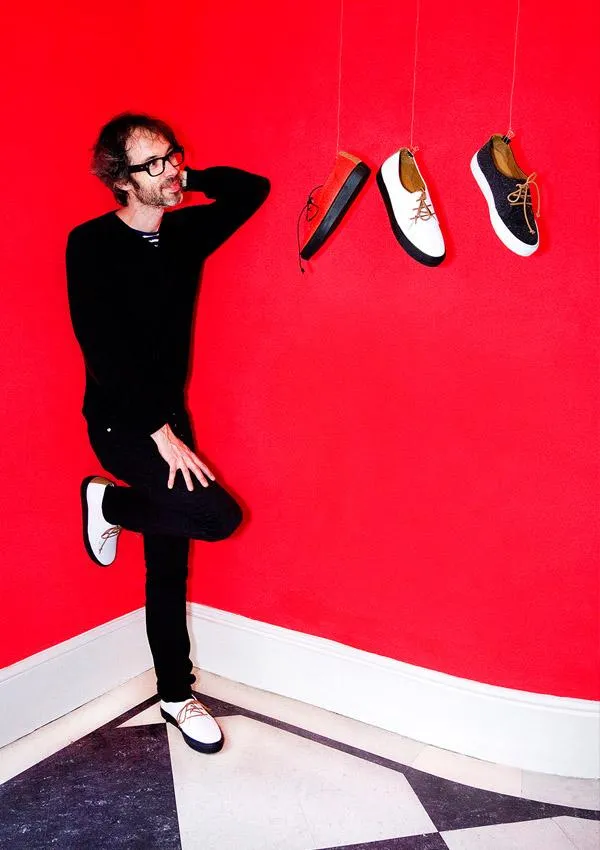
Shoes are important to organist Cameron Carpenter, who often features a screen at his recitals for audiences to view his pedalling. Such fancy footwork deserves the right footwear and Carpenter is known to make his own, rhinestone-embellished shoes. On the other hand (or foot), less is often more: pianist Alice Sara Ott sometimes plays without shoes to engage more closely with the pedals.
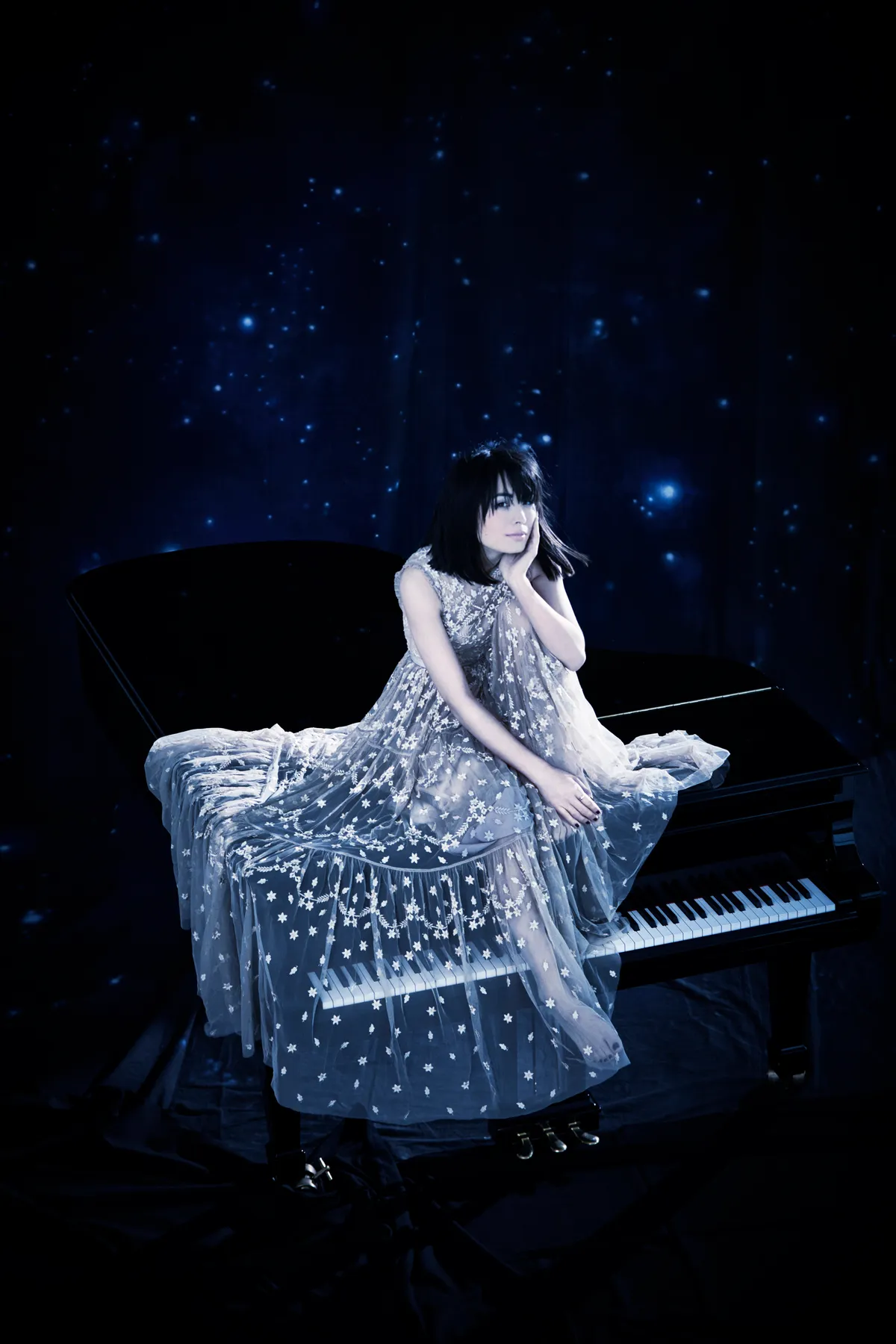
For many years, Lang Lang played in trainers, partly for this reason but also because he had an affiliation with Adidas, who created a golden shoe in his honour.
Physical comfort is critical to a strong performance. Instrumentalists and singers need to be able to move and breathe – and outfits need to allow for the occasionally extreme conditions on stage, be it at a rainy British festival or sweltering historic opera house. ‘It’s particularly important for me to be able move my shoulders and not get too hot under the stage lights,’ says cellist Sheku Kanneh-Mason, who is ‘dressed’ by Paul Smith. ‘I love playing in Paul Smith suits; the fabric is light and breathable and allows me to move easily.’ There was another reason that Kanneh-Mason was keen to wear Smith’s clothes – the two creatives hail from Nottingham, where Smith heard the 2016 BBC Young Musician perform, alongside his musical siblings. The royal wedding cellist has worn Smith’s designs ever since. He is currently featured in the label’s series ‘A Suit To Travel In’, where an outfit’s durability is tested with a performance of Piatti’s Caprice No. 1. ‘I love the variety of pattern that Paul Smith uses,’ says Kanneh-Mason. ‘If it’s a dark suit it will often have a jewel-coloured lining which I like to coordinate with some bright-coloured socks that you see flashes of when I’m playing.’
Although he has worked with plenty of the top fashion houses – and even performed for Karl Lagerfeld – Siem actually designs his own clothes for his recitals. Like Kanneh-Mason, he emphasises the importance of loose fabric around the shoulders. ‘The jackets I prefer are inspired by military wear and they are made with vents in the back so that I can move easily,’ says Siem. The outfits are made by Meyer & Mortimer tailors in London.
Opera singers – perhaps the musicians with closest links to visual art through their work with set and costume design – have often enjoyed patronage from the fashion industry. Maria Callas adored Milan-based dress-maker Biki and collaborated with couturiers including Dior, Lanvin and Yves Saint-Laurent. Pavarotti was famous for wearing Hermès scarfs (several feature in the collection at Casa Pavarotti, where a museum dedicated to the tenor is run by the Pavarotti Foundation).
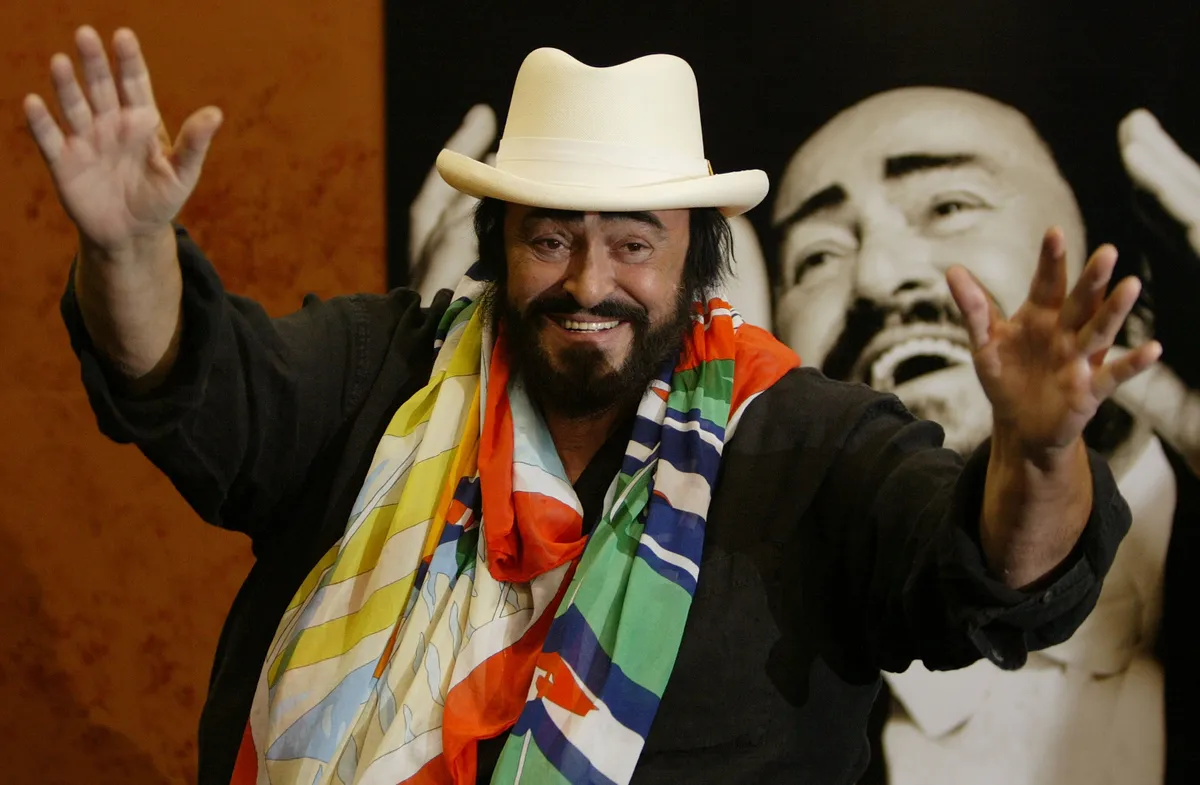
The relationship between Stravinsky and Chanel has been deeply romanticised. However, the connections between music and fashion go back further than the 20th century.
Mozart’s penchant for scarlet coats was part of a strategy to dress up. At the beginning of his career, his father Leopold dressed the whole family in courtly attire they could ill-afford in order to help secure commissions from wealthy patrons. From Naples, the young Wolfgang wrote: ‘We put on our new clothes yesterday. We were beautiful as angels.’ In the 17th and 18th centuries, fabric – along with jewellery or trinkets – often comprised part of a payment for compositions. Which explains why Mozart’s finances were not always in good shape even if he looked good. It was a textile merchant, Johann Michael von Puchberg, who frequently bailed him out.
There can be artistic collaboration between music and fashion, too. Montreal Symphony Orchestra (MSO) music director Kent Nagano and designer Marie Saint-Pierre recently teamed up for a multi-disciplinary production that saw models ‘catwalk’ to Richard Strauss’s Le bourgeois gentilhomme and Battements de coeur by Régis Campo. ‘It was a fashion-inspired show, not a fashion show,’ explains Saint-Pierre, who dresses several members of the MSO and conductor Yannick Nézet-Séguin, among others. ‘The hall [in the Place des Arts, the MSO’s home in Montreal] is perfect for a symphony orchestra but not a runway! We used ideas about movement for the theme – the sound of the swoosh of fabric is music in itself. I use technical, high-quality material, often cut on the bias, so that the clothes are suited to active wear. This is appealing to musicians, for whom freedom on stage is so important.’
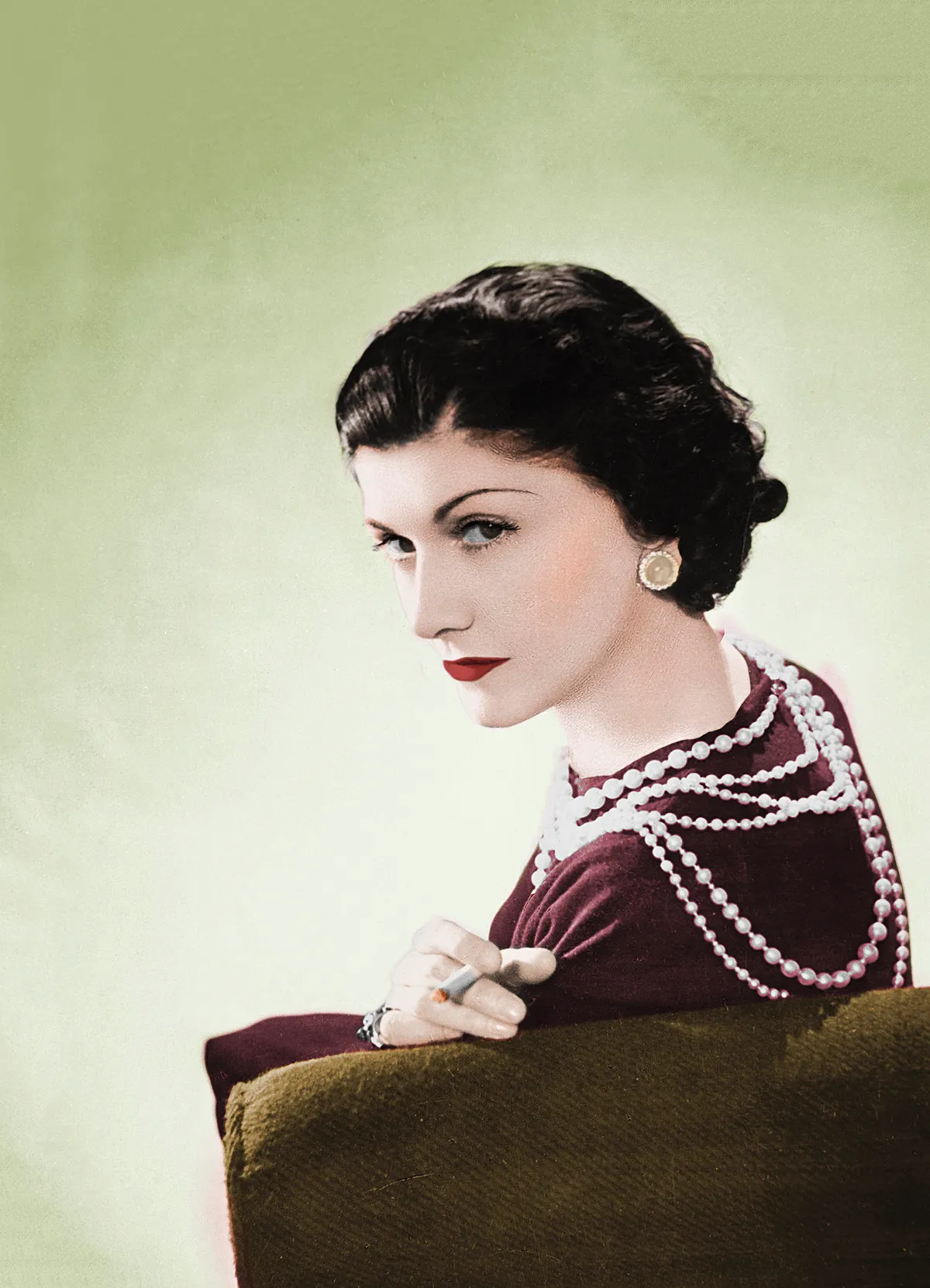
The MSO is not the only ensemble to mix concerts and couture. New York-based Nouveau Classical Project (NCP) often works with fashion designers to create multi-disciplinary performances, such as Sweet Lost Pierrot, which pairs music (the title of the concert is based on the first word of each piece on the programme: David Lang’s sweet air; Trevor Gureckis’s Lost Generation; and Schoenberg’s Pierrot Lunaire) with a clothing collection by Gemma Kahng, inspired by the Pierrot look. ‘Both music and fashion are related to self-expression and involve the human body,’ explains NCP’s leader Sugar Vendil; ‘as dressing is already part of stage performance, we use fashion to enhance artistic ideas.’ NCP is about to work on a Chamber Music America commission that will feature custom clothing made by designer Jasmine Chong.
‘Obviously, nothing beats practising and preparing well,’ says Vendil, ‘but having a particular outfit or costume as a musician can also be a source of confidence, and the more confidence one can feel on stage, the more conviction one can perform with.’ And Vendil has some advice for anyone dubious of musical forays into fashion; ‘Wearing something that makes you confident is good for daily life too!’
This article first appeared in the June 2020 issue of BBC Music Magazine. Words by Claire Jackson. Lead image credit: Getty Images.